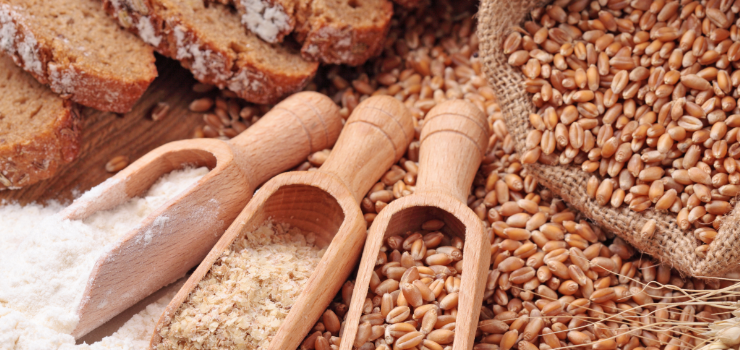Perfection of Cheese in the Daily Diet

In the daily diet, approximately 70% of the calcium comes from milk and its derivatives (cheese, Yogurt, curd, etc.). Only a few vegetables, especially dark green ones and some dried fruits, are good sources of this mineral, representing 16% of the diet and water, including minerals, contribute 6% to 7% of the nutrient intake. Therefore, it is concluded that the best source of calcium is in dairy products, especially cheeses. As the cheese lover shop you can have the best choice.
The Other Opportunity
In addition to being rich in calcium, cheeses also contain other nutrients that are directly linked to bone health, such as vitamin D, proteins, phosphorus, magnesium, potassium, zinc and vitamins A, C and K. It should also be noted that the calcium present in these foods is well absorbed by the body, with a bioavailability ranging from 17% to 43%. This is due to the fact that cheeses contain lactose, proteins and phosphopeptides, substances that favor the absorption of calcium by the body. The biggest source of vitamin D is in the skin, where it is synthesized through the action of ultraviolet sun rays. Among the foods that are good sources of this vitamin are fish, such as herring and mackerel, egg yolk, butter and giblets, such as liver.
Cheese can be defined as the food product obtained from curdled milk, separated from the whey and ripened for a variable time. From a nutritional point of view, cheeses that are obtained by animal enzymes, vegetable enzymes and natural fermentations, contribute with important digestive and gastronomic factors. It is interesting to note that people, with no tradition of cheese consumption, have now started to give preference to unfermented cheeses.
- From a food standpoint, fermented and non-fermented cheeses have contributed irreplaceable nutrients to human nutrition.
- The cheeses, in general, contain proteins, caloric value, vitamins of groups A, B, niacin, riboflavin, folic acid, minerals, mainly calcium and phosphorus in generous amounts.
- In the gastronomic context, the most noble cheeses are the ones that are most compatible with high quality wines.
- The better the wine, the higher the demand for the quality of the cheese to accompany it. Camembert cheese often meets these requirements.
The Cheese Solutions for You
The cheeses have all the milk case in and a little albumin and minerals. These cheeses are made from whole milk and have all the original fat in the milk. Cheeses represent the ideal form of animal protein because they are capable of carrying a balanced proportion of calcium, phosphorus and certain competitive micro-elements in the human diet. The restriction on the food use of fatty cheeses should be made to individuals with arterial hypertension, to individuals with coronary obstructions due to cholesterol and to the elderly prone to problems related to the deficiency of cholesterol transport.
Conclusion
Cheeses concentrate the two food fractions of greater nutritional importance. These fractions are represented by the original casein-mineral complex and by the milk lipids. The fraction of cheeses is represented by variable proportions between 9.0% and 36%, in g / 100g of cheese, covering most of the common cheeses.






